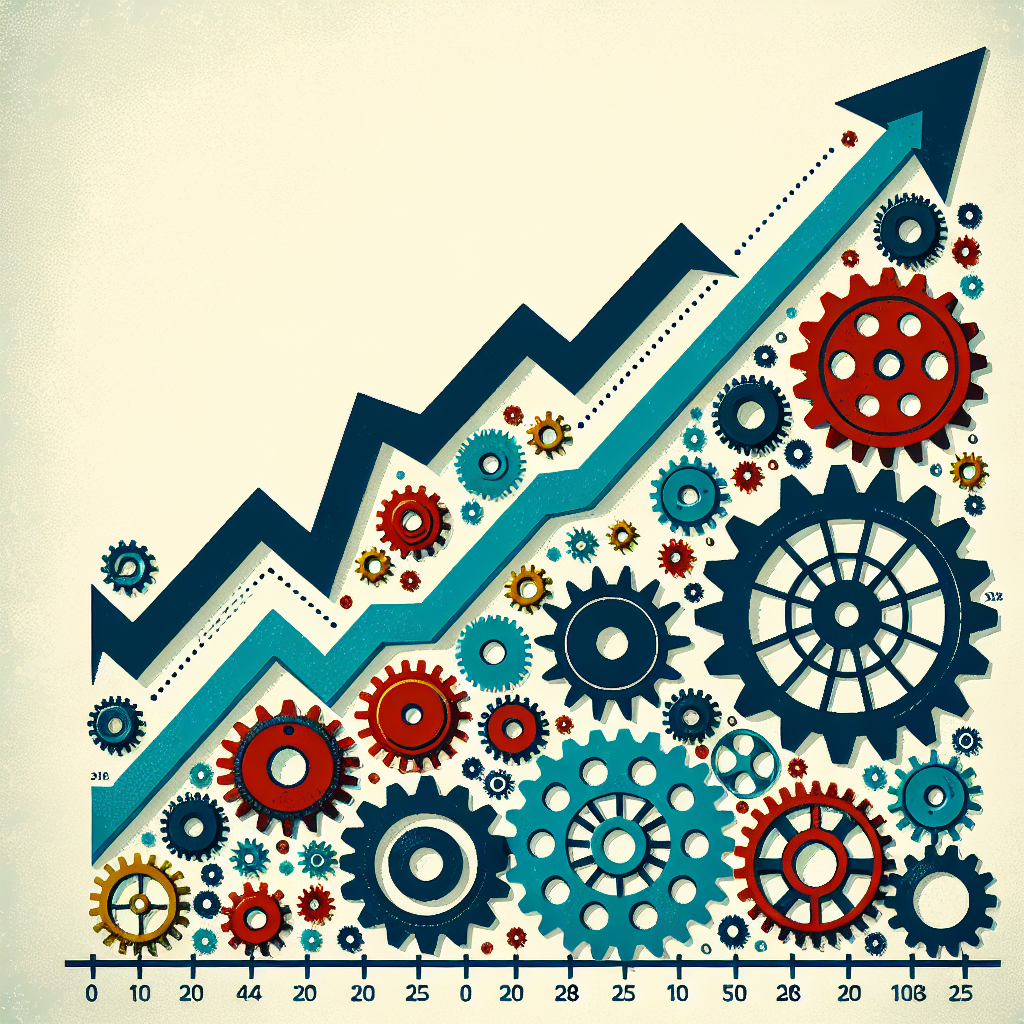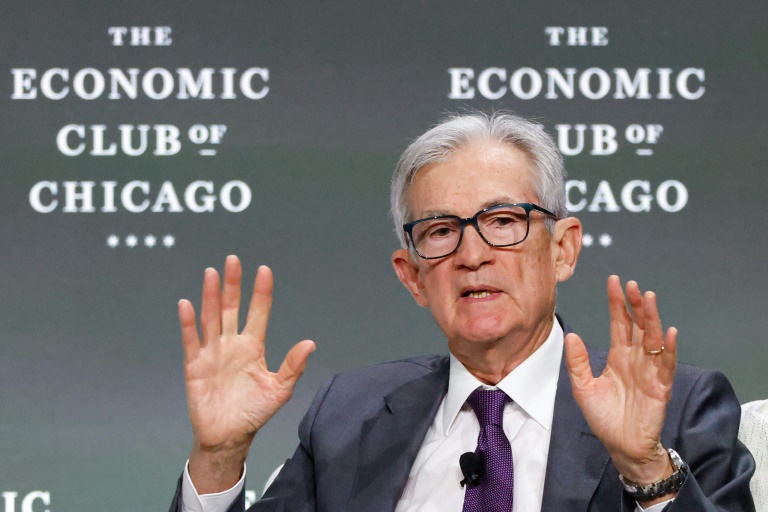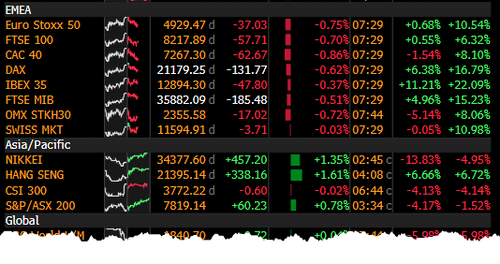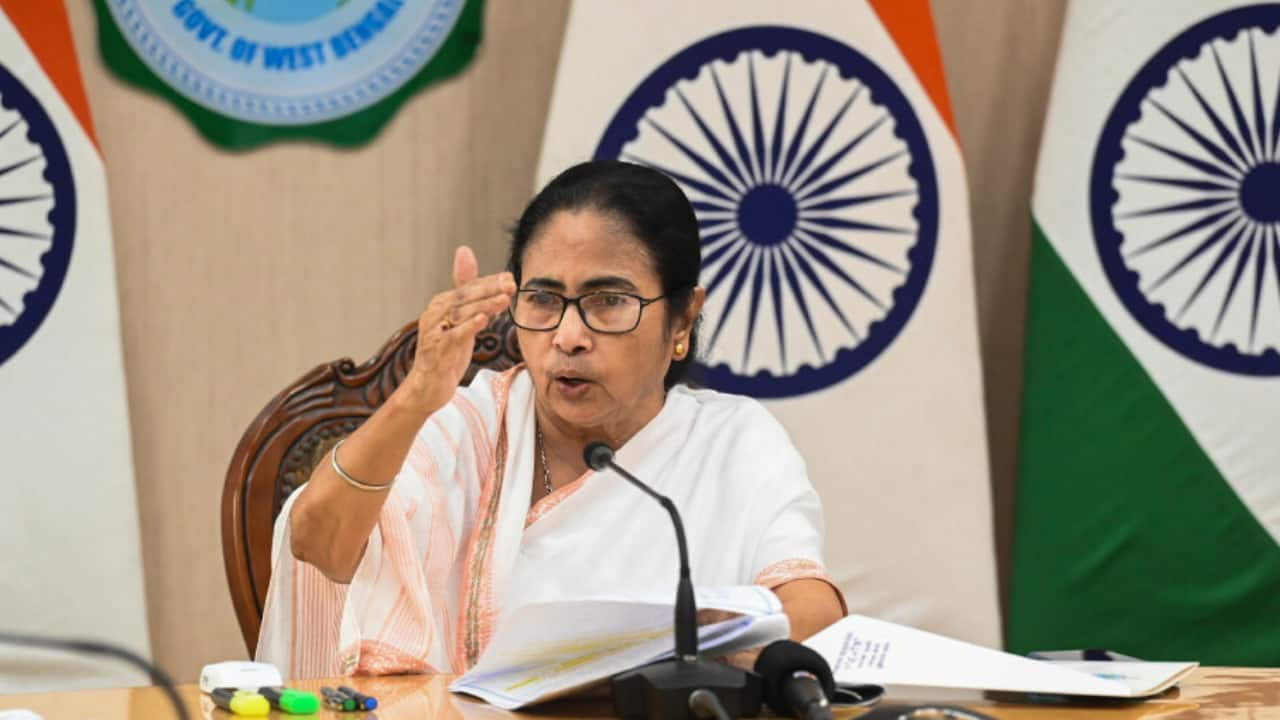Metals stocks may remain in focus on Wednesday, April 9, after the US President increased the import duties on China by 50%, taking the combined total to 104% for the country.This comes in after China had announced a 34% tariff on all U.S.
goods, matching Trump's rate, which he announced last week.The U.S.

imposing import duties on Chinese metals significantly impacts the Indian metal sector, especially the steel industry. These tariffs may cause China to divert its steel exports to other markets like India, intensifying competition and posing potential challenges for local producers.Several tariffs have already been implemented, including a baseline 10% tax introduced by Trump on Saturday.
Before this broad measure, Trump had already imposed multiple rounds of tariffs targeting specific countries and products. For instance, a 25% tariff on auto imports took effect last Thursday, starting with fully-imported vehicles. These tariffs are expected to extend to include relevant auto parts in the coming weeks, up to May 3.
Also read: Asian stocks drop as Trump’s tariff deadline nearsU.S. import duties on Chinese metals could disrupt global steel trade dynamics, potentially increasing the flow of Chinese steel into India.
This creates challenges for the Indian metal sector, such as intensified competition and downward pressure on local prices. In response, the Indian government is implementing protective measures, including proposed safeguard duties and procurement policies that prioritize domestically manufactured products.China and Hong Kong indices declined at the opening on Wednesday as tensions in the U.
S.-China trade war intensified, following the U.S.
decision to implement 104% tariffs on Chinese goods.(Disclaimer: Recommendations, suggestions, views and opinions given by the experts are their own. These do not represent the views of The Economic Times).
Business

Metal stocks in focus as Trump imposes 104% tariffs on Chinese imports

China and Hong Kong indices dropped at Wednesday's open as U.S.-China trade tensions escalated with the U.S. imposing 104% tariffs on Chinese goods.















